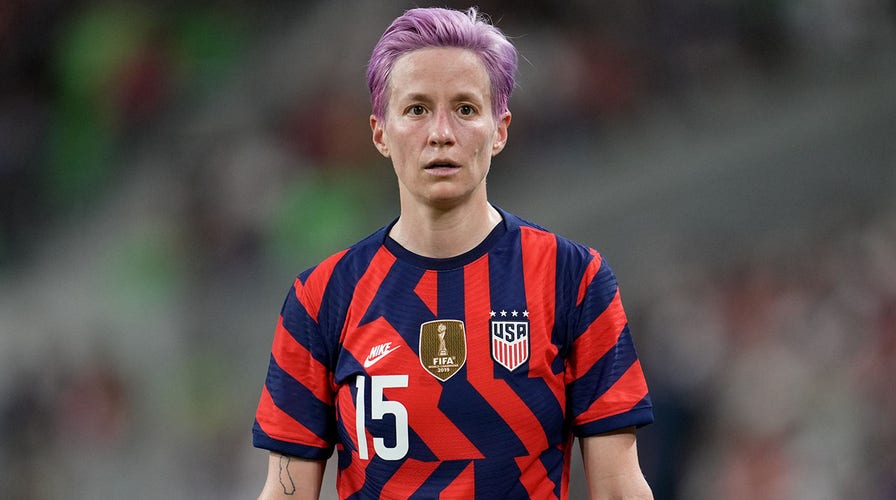
The Fallout of a Controversial Question in the WNBA
Recently, the WNBA has been at the center of a heated controversy involving players, media, and race dynamics, sparked by an incident involving DiJonai Carrington and Caitlin Clark. The situation escalated when Carrington, during a playoff series with Clark's team, the Indiana Fever, accidentally swatted Clark in the face, resulting in a black eye for the star player. This incident set the stage for a troubling exchange between Carrington and USA Today columnist Christine Brennan, who posed provocative questions about whether Carrington's actions were intentional and whether she found it amusing afterward.
Carrington, visibly uncomfortable, denied any intent to harm Clark and expressed her surprise at the incident. The reporter's line of questioning seemed to dig deeper into an already tense atmosphere. Following this encounter, emotions ran high in the Connecticut Sun locker room, culminating in a confrontation between DeWanna Bonner and Brennan. Bonner passionately urged Brennan to recognize the humanity of the players she was questioning, highlighting the sensitivity of the situation, particularly amidst rising online harassment faced by players.
Also Read:- OKX Lists PayPal USD (PYUSD) for Spot Trading, Expanding Stablecoin Access
- Dominic Solanke Earns Long-Awaited England Call-Up as Maguire and Rogers Miss Out
The fallout from this exchange didn't end there. The Women’s National Basketball Players Association swiftly issued a statement calling for Brennan’s media credentials to be revoked, condemning her questions as attempts to sensationalize a false narrative that could fuel racism and misogyny in social media. Brennan, for her part, defended her approach as standard journalistic practice, insisting that she was simply doing her job by seeking the players’ perspectives.
The incident has ignited broader discussions about the relationship between the WNBA and the media, especially given the league's historical challenges with coverage. While Brennan's questions were seen by some as an infringement on the players' dignity, others in the media defended her right to ask tough questions, emphasizing that the scrutiny of high-profile athletes like Caitlin Clark comes with the territory.
As a pioneer in sports journalism, Brennan has been known for her in-depth coverage of women's sports. Yet, the reaction to her recent inquiries suggests a growing discontent among players who feel that their narratives and experiences are often sidelined in favor of focusing on the league's rising stars. The tension in this instance speaks to a larger issue in sports media, where the stories of players, especially women of color, can be overshadowed by the spotlight on a few individuals.
Terri Jackson, executive director of the players’ union, expressed her deep concern over the incident, noting that it raised important questions about safety and the emotional well-being of athletes in the public eye. The current landscape of the WNBA, buoyed by Caitlin Clark's popularity, presents both opportunities and challenges. As the league navigates its newfound attention, it must also confront the underlying issues of representation and respect within its media engagements.
While Brennan prepares to cover the upcoming WNBA Finals, the lingering questions about her journalistic integrity and the impact of her inquiries on players like Carrington may continue to overshadow the league's progress. This incident is not merely a moment of tension; it is indicative of the struggles that persist in establishing a respectful and constructive dialogue between athletes and the media that covers them. As the WNBA evolves and grows, it will be critical for all stakeholders to engage in conversations that uplift and protect the voices of its players, ensuring that they are treated with the respect they deserve amidst the spotlight.
Read More:



0 Comments